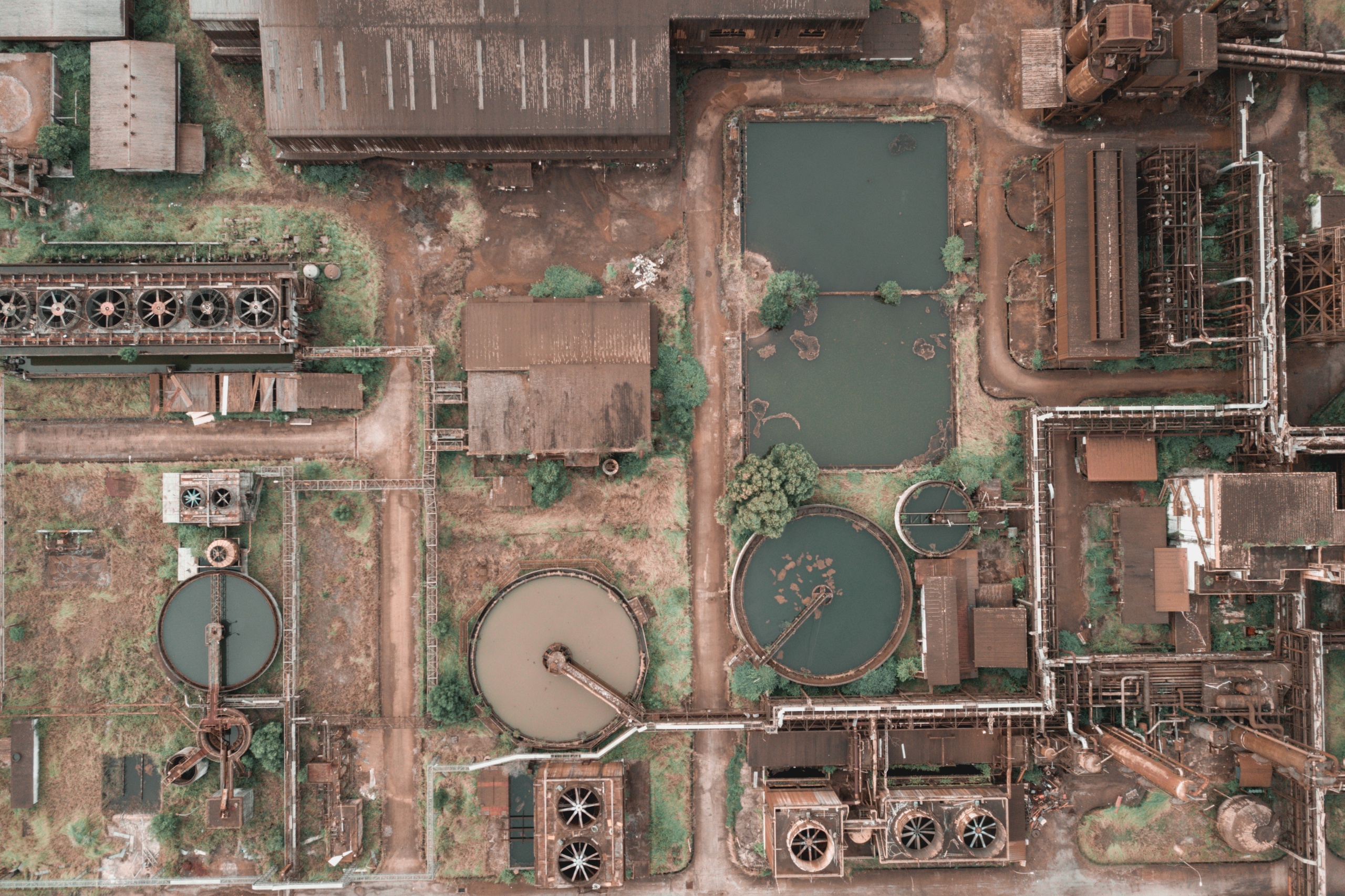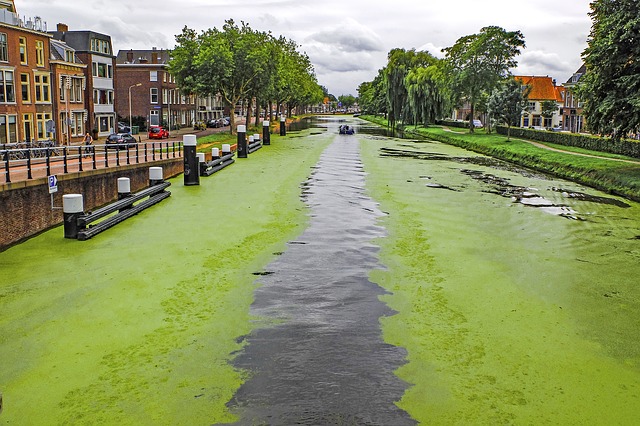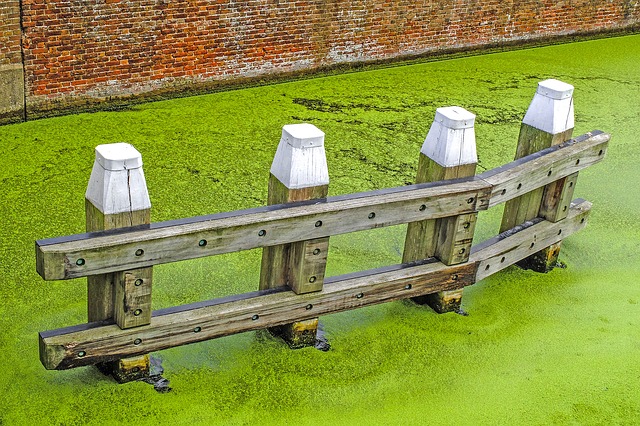By Samhar Almomani, Publishing Associate: Researcher and Writer at Save the Water™ | August 16, 2023
Reverse osmosis is currently used to purify water, but companies are looking to move to a more efficient approach. A number of regions are facing megadroughts that threaten water levels. It endangers population health and farming outcomes. For example, Lake Mead has provided water for millions of people for years. However, it’s now hovering near its record lowest water level. There are many such examples of water bodies being dried out. Thus, it’s paramount that we find solutions to increase water levels.
While the world is experiencing low water level rates, a lot of wastewater is going unused. As of 2018, 80% of the nation’s wastewater is put back into water bodies without being treated. Wastewater comes from many sources such as agriculture and household water usage. It’s an untapped water source that can aid in increasing water levels.
What is Wastewater?
Wastewater is common, as it comes from our daily habits, such as bathing, flushing the toilet or doing laundry. Wastewater can also come from commercial sources, such as auto body repair shops and beauty salons.
Wastewater contains substances that can harm human health and the environment. The majority of wastewater is just pure water. However, a tiny percentage has human waste, chemicals, soaps, and other substances that contaminate the water.
It can be dangerous to come in contact with wastewater, as contact poses many risks:
- Gastroenteritis (diarrhea and/ or vomiting)
- Skin and/ or eye infections
- Serious viral infections, such as hepatitis
- Giardiasis and cryptosporidiosis, which involves severe stomach cramps
Reverse Osmosis Filtration
Currently, most companies use reverse osmosis for water purification. It is the most cost-effective, energy-efficient technology available. Conventional reverse osmosis is able to turn seawater and groundwater into freshwater. However, this method can’t purify super-salty waters, which contain up to double the amount of salt content of the ocean.
The need for super-salty water purification may not be clear, as it exists in lesser amounts than the other sources. Yet, this water now makes up a growing percentage of water bodies. This is because freshwater is becoming saltier due to road de-icing and other industrial activities. This increased saltiness threatens the wellbeing of people and wildlife. Thus, it’s increasingly important to find methods to purify it into drinking water.
In a recent study published in Desalination, researchers from the National Alliance for Water Innovation (NAWI) analyzed a novel form of reverse osmosis named low-salt-rejection reverse osmosis. In theory, this new system is able to treat very salty water. Nevertheless, it’s important to remember that this method is still theoretical.
Low-Salt-Rejection Reverse Osmosis
The researchers from the Desalination article used supercomputers to analyze thousands of system designs. They studied the costs of water purification, water production, and the energy it takes for that method. A mathematical model was employed for quick assessment of these different methods. The results showed that low-salt removal rate reverse osmosis is mathematically the most cost-effective method. The model not only reduced the total costs but also increased the supply production by up to 63%.
The reason why this method was found to be the most cost-effective is that the low-salt-rejection reverse osmosis systems allow for more salt to pass through the membrane. This means that it requires less force which, in turn, means that it’s using less energy to push the water through the membrane.
Although more salt infiltration is happening, the result is water that’s still too salty to drink. Therefore, the water that’s still salty is returned to the membrane stage to make it drinkable. Once the salt content has dropped enough, water purification companies employ reverse osmosis membrane, which is the method currently used for most water purification, to produce drinkable water.
How Low-Salt-Rejection Reverse Osmosis can Help us in the Future
Low-salt-rejection reverse osmosis seems to be a cost-effective and highly efficient process. Thus, it could prove to be influential in how we treat water. Freshwater scarcity is becoming a bigger issue globally. Hence, it’s crucial that we find ways to raise access to freshwater by increasing the supply we have available.
By improving the energetic and economic performance of water purification, we’re taking a step in the right direction. Although the method is currently based only in theory, it’s likely that it can come to practical fruition sometime in the near future.





